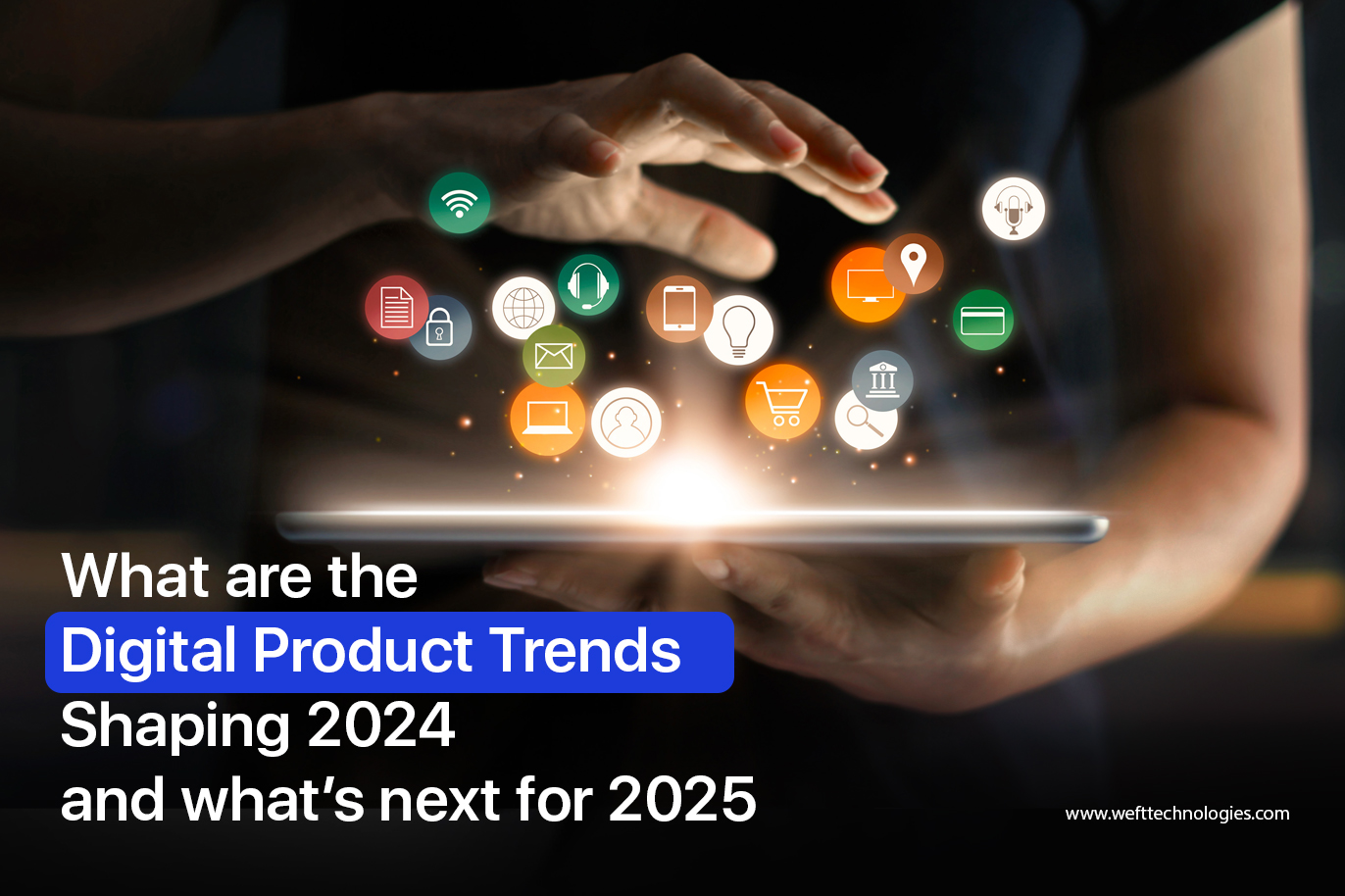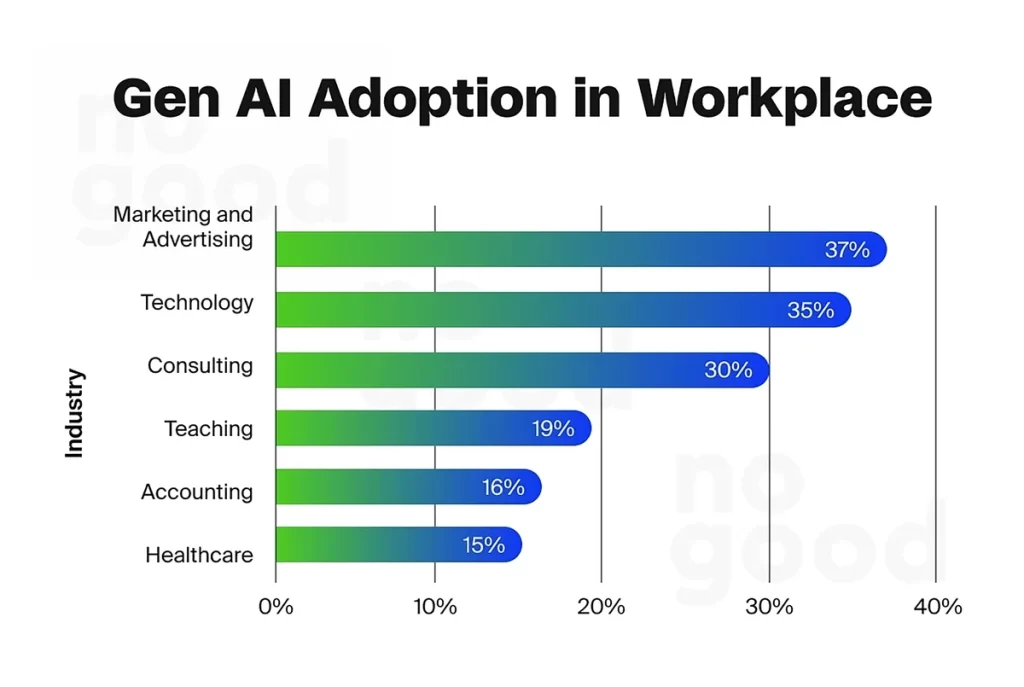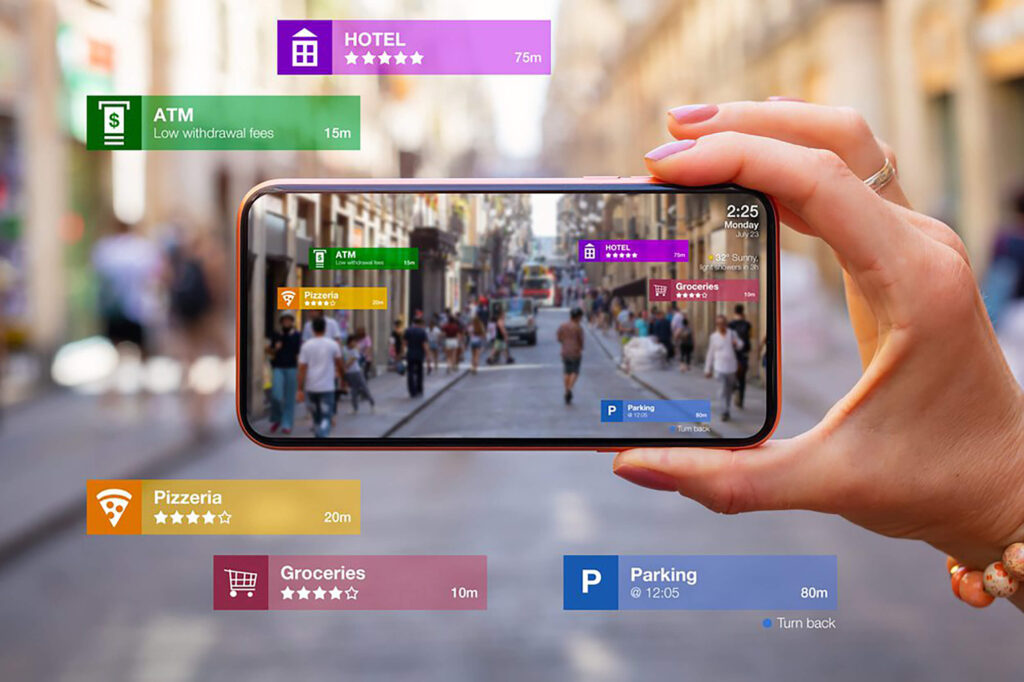
What Are The Digital Product Trends Shaping 2024 And What’s Next for 2025
- Lekshmi SP
- September 27, 2024
Digital products have been evolving with changing market demands. There are changing user preferences to be met, emerging technologies to be incorporated and higher market saturation to be tackled. As things stand, digital products are no longer just tools. They are experiences that shape the way we live and work. As we enter the final quarter of 2024, it’s a good time to pause and reflect on where these trends are headed.
Understanding Digital Products
Digital products could be software applications, online courses, ebooks, or cloud services. Unlike physical products, digital products can be created, distributed, and consumed online. This makes them highly accessible and scalable. You might have also already deduced that these products can serve various purposes from entertainment to education.
So what is the significance of digital products?
Businesses, big or small, are faced with the need for innovative, well-designed digital products. This is because in this digital-first world cultivating an online presence is not enough. Your customer expects you to deliver a great digital product that anticipates their needs. This could be anything from an app to a website, the only thing that cannot be compromised is a flawless user experience.
Digital Product Trends Hitherto Witnessed in 2024
A quick look through the waxing and waning trends in the digital product sector provides interesting insights. Some of these trends have singlehandedly reshaped businesses while some others have had less noticeable effects. Let’s take a look at some important ones among these:
- Artificial Intelligence (AI)
Need we say more? Artificial Intelligence is now an unavoidable part of digital product development. From automating development processes to enhancing customer experiences, AI is everywhere and it is leading a digital transformation across various industries. AI tools have taken over processes in every industry possible. They have even taken over creative endeavors like generating user interfaces and creating content.

Many companies have adopted generative AI tools to create UI designs, write content, and even generate code. Similarly, multimodal AI has been extensively adopted to process all sorts of data ranging from text to video. Another term thrown around in this sphere is ‘self-improving AI systems’. These systems can improve their own capabilities with minimal human intervention. We predict that this AI will evolve further in 2025. This will undoubtedly widen its application across areas such as cybersecurity and hyper-automation.
- Intuitive Design
User experience is a cornerstone of product success. 2024 has witnessed brands focusing on designs that are intuitive, emotionally engaging, and altogether user-centric. The digital products that embraced this trend were rewarded with gains in customer retention and satisfaction. Moreover, through these user-centric digital products, many companies were able to offer more personalized experiences this year.
- Ethical Development
The push for sustainability and ethical development has been particularly strong in 2024. After all, consumers are becoming more conscious of the environmental and ethical impact of the products they use. Companies have rightly responded to this shift by adopting greener and more inclusive practices. This has pushed companies to think beyond just functionality and we welcome this change.
- Low-Code Platforms
In a couple of niches, 2024 witnessed the rise of low-code platforms. As a result, the digital development process is now open to those without formal coding backgrounds. This trend led to faster product development cycles, reduced costs, and a more diverse input in the design and development stages.
- Data Privacy
With the entry of AI and perceived data breaches, privacy concerns became prominent. Evidently, user expectations in this regard have made companies take proactive measures to protect user data. Thus, 2024 saw the emergence of stricter regulations and privacy laws. This in turn led to the popularity of technologies like encryption and blockchain. After all, companies that prioritize privacy, security, and transparency are not just complying with laws, they are building customer trust.
Digital Product Trends of 2024 that will continue to be prevalent in 2025
We are in the last quarter of this year and many of the trends that defined 2024 are likely to continue into 2025. But of course with enhancements and advancements. Can you guess these trends?
Let’s see if you guessed right:
- Artificial intelligence
Artificial intelligence will continue to rule all domains. It will indeed remain central to digital product development in 2025. Furthermore, we can expect the emergence of more advanced AI tools. The functionality of these tools will go beyond automating complex tasks. AI tools will soon predict consumer behavior with more accuracy and aid the decision-making process within an organization.
AI tools leveraging NLP will also continue to advance. This will result in more sophisticated chatbots and customer service tools. AI assistants will evolve from being reactive to proactive, leading to smoother and more human-like interactions.
- Sustainability and Ethical Practices
The demand for sustainable and ethically developed digital products is set to continue. Companies will continue to focus more on reducing their environmental footprint. Efforts to ensure that their products are inclusive and aligned with evolving societal values will also continue.
Furthermore, there is growing scrutiny over the ethical implications of using AI. Concerns over data privacy, bias in algorithms, AI hallucination, and transparency are set to increase. This will doubtless influence organizations, particularly those that serve as digital product hubs, to adopt ethical AI practices and AI governance frameworks that ensure responsible and ethical deployment of AI.
Trends That Could Make an Entry in 2025
We are nearing the end of 2024 and several key trends of this year are expected to persist in 2025. Additionally, a couple of other trends are expected to enter the field. Let’s take a look:
- Augmented Reality (AR)
The line between the digital and physical worlds is already blurred. This line is set to blur further with AR-integrated digital products that overlay digital elements in the real world. This will create more immersive and interactive experiences. While this trend is now predominantly being explored in the entertainment and gaming sector, it is likely set to extend to sectors like education, healthcare, and marketing.

- Hyper-Personalization
Personalization has been trending for a while now. But the newest trend that is set to take the digital world by storm is hyper-personalization. Think about it, with advances in AI and big data, personalization is set to take on a whole new meaning. The companies that adopt this strategy will be able to deliver even more tailored experiences to individual users. The customers are likely to be surprised by the more accurate predictions of their needs and preferences. On second thought, it might even sound a little alarming for some.
In practice, businesses utilizing a digital product hub will be better positioned to smoothly incorporate these advanced personalization strategies. With all services under one roof, a digital product hub would allow businesses to rapidly adapt to this trend.
Conclusion
We are fast approaching the end of 2024. And it is more than clear that emerging trends like AI, intuitive design, and ethical development have shaped the digital landscape this year. More interestingly, their influence is set to continue well into the next year. The year 2025 promises to be even more exciting with developments like hyper-personalization and augmented reality on the horizon.
A lesson that businesses have to learn from these trends is that they are ushering in an era of immersive experiences. The key therefore is to not just adopt the latest technology blindly. The key here is to meet the growing expectations of your consumers. They are prioritizing usability, personalization, and sustainability and you should prioritize the same.
